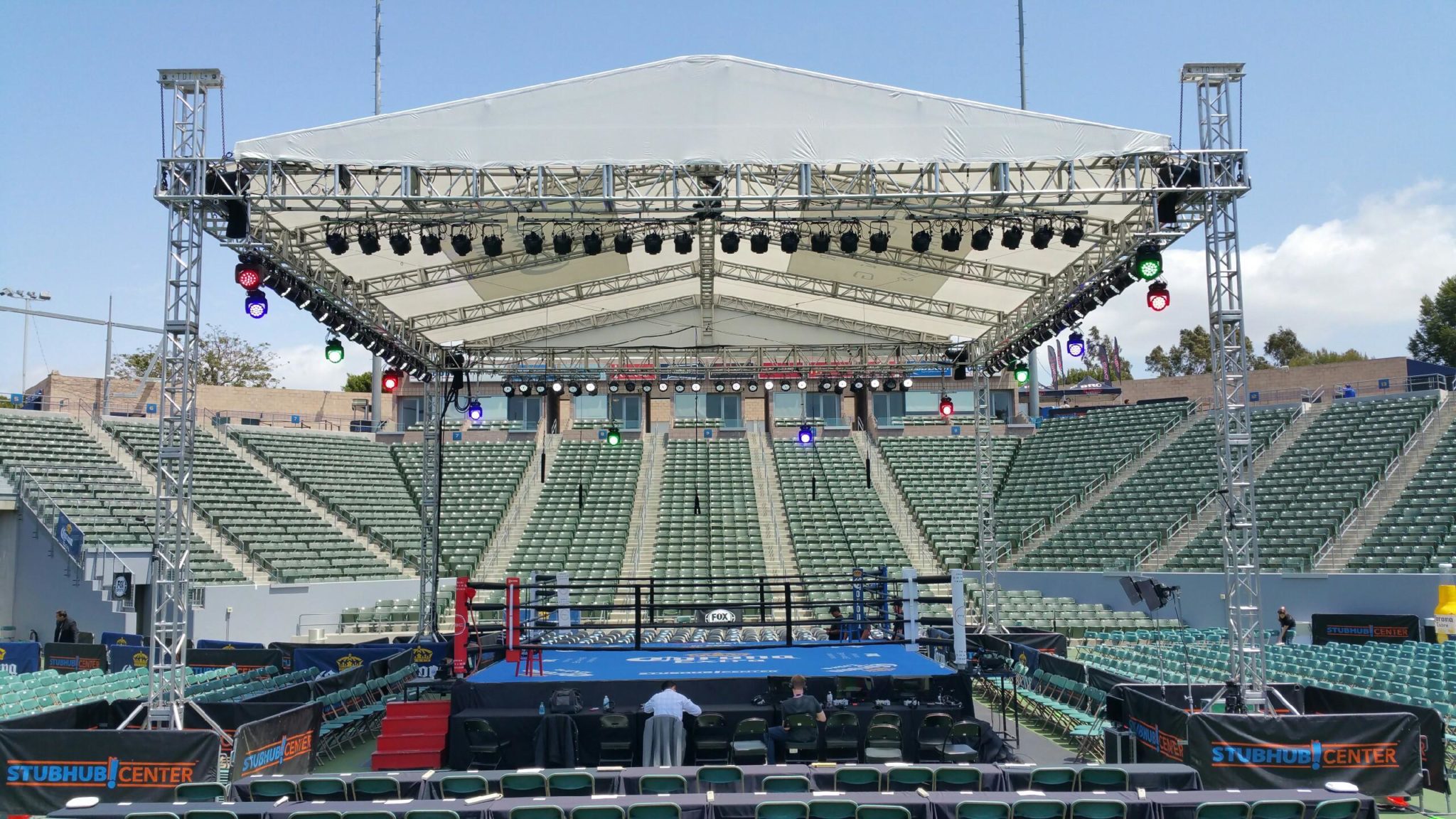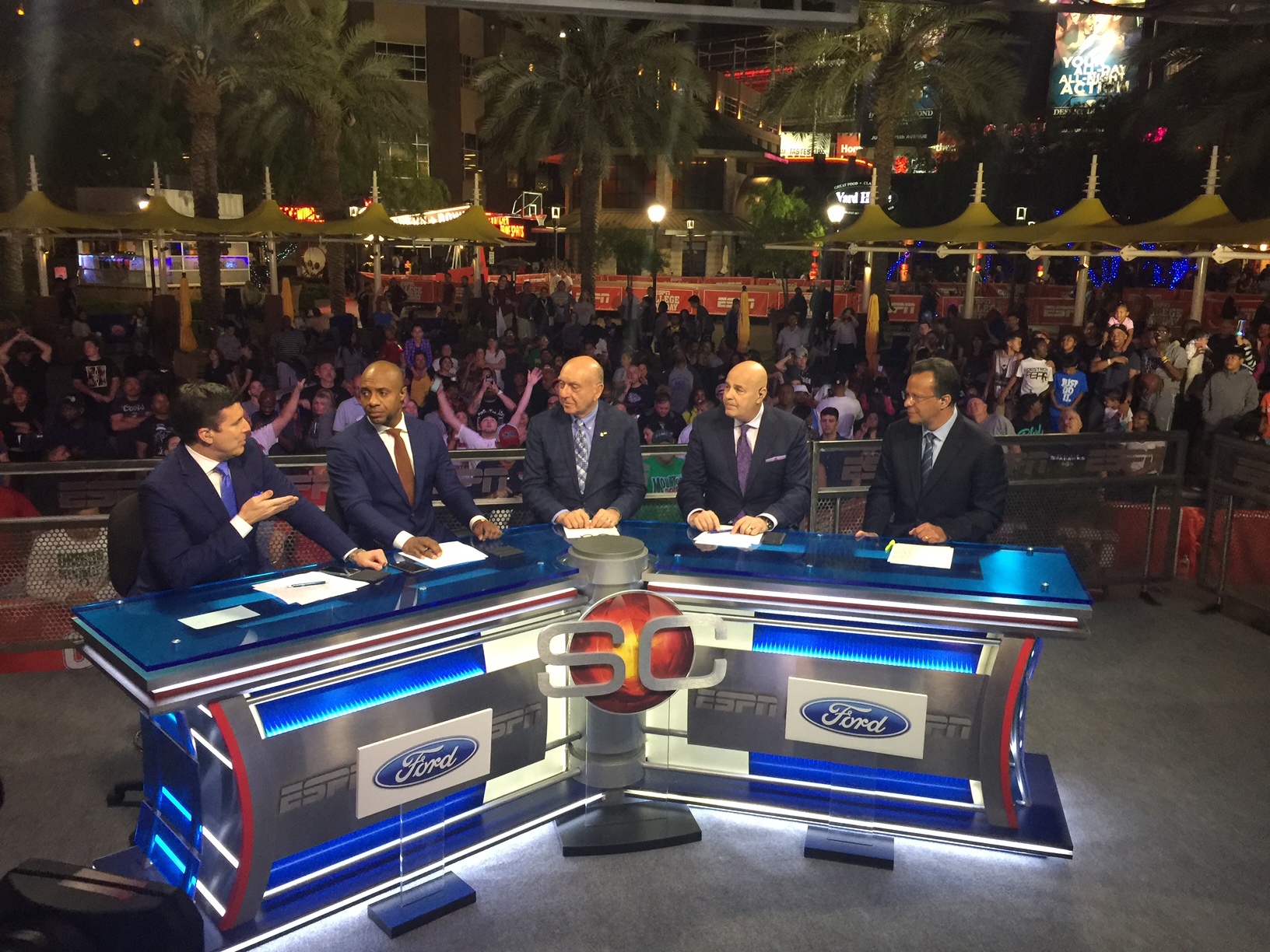If you’re one of the people that have a fascination for lighting and dream of a career in TV, be prepared to learn much more than techniques and methods. Your ultimate job will be to create and design lighting solutions that are innovative, cost-effective and energy-efficient for the production you’re working on. That may entail illuminating indoor and outdoor environments.
You’ll need a comprehensive education that encompasses topics ranging from architecture and theatre history to art and literature, along with industry-specific software. Education requirements can vary widely by employer and you may need a minimum of a bachelor’s degree, while other companies will want a master’s degree.
High school theatrical productions are a good place to begin learning and don’t forget to look for internship opportunities whether you’re in high school or college. Film and photography clubs at the high school level will assist in understanding the interplay of light in different atmospheres.
Many high schools perform stage productions that provide valuable experience. Even small communities often have theatre groups that would welcome assistance designing and creating sets. Lighting tradeshows are also an opportunity to learn about the newest techniques, technology, and methods. Manufacturers demonstrate their products and experienced design professionals are often in attendance to hold discussions.
Math is also an essential skill since one of your responsibilities as a lighting designer will be to create the most cost-efficient projects. The grounding in math will also be utilized to measure and calculate the illumination required and the positioning of different types of lights for each project.
The future illumination you’ll provide will incorporate multiple factors that include the size of the venue to whether it’s an event that takes place in the daylight or nighttime. You’ll also need to know how to perform lighting simulations and a myriad of other tasks.
A TV lighting designer has a wealth of opportunities for creativity and innovation within the industry. It’s also a profession that offers a high degree of satisfaction that will enable you to stretch your talent and skill to the limit.
Frank Gatto & Associates, Inc. are specialists in lighting for television events of all kinds. If you have an event that needs expert lighting, please call us today to see how we can help.
Phone: 561-368-0101
Email: frank@frankgattolighting.com
We can be found on Social Media at the following links.


